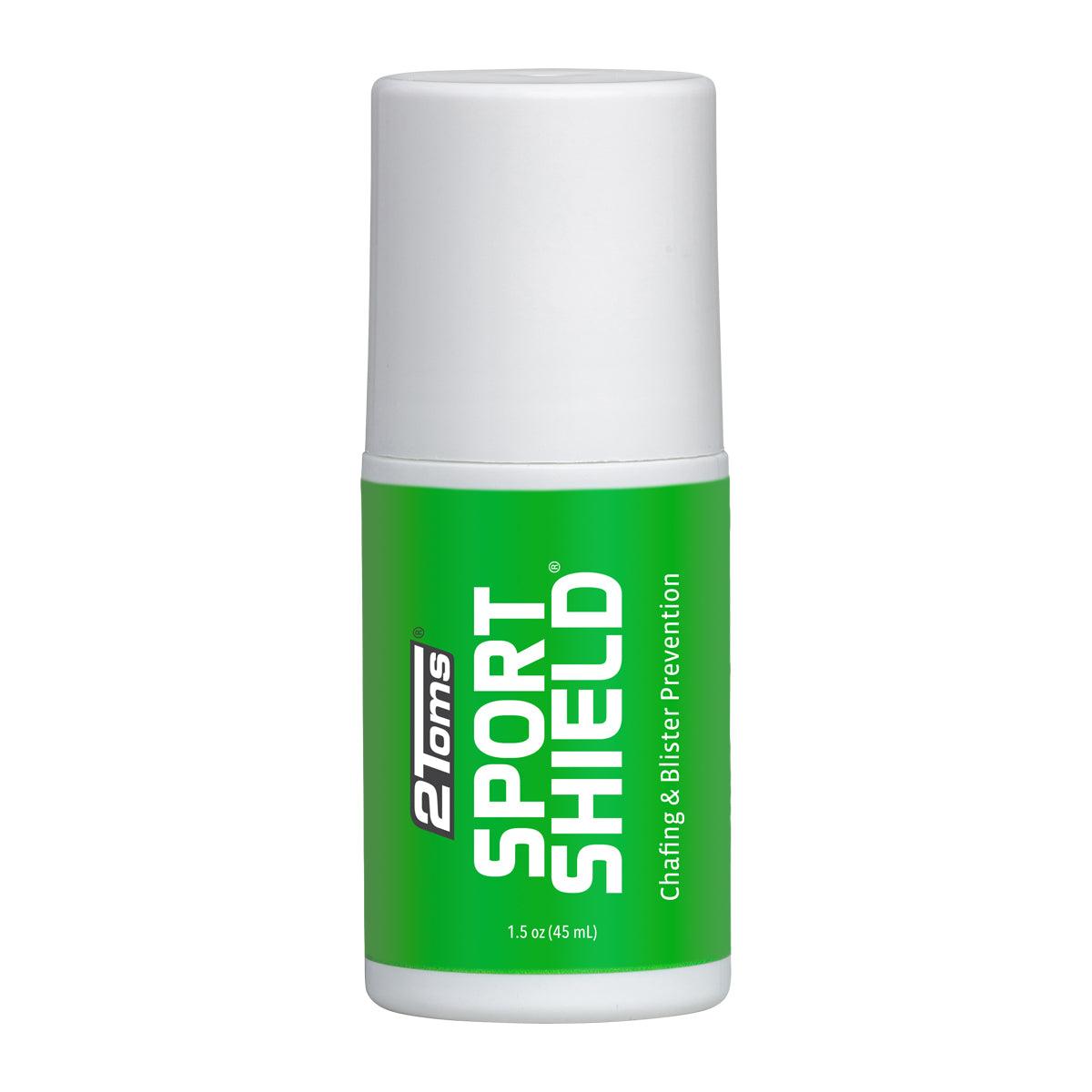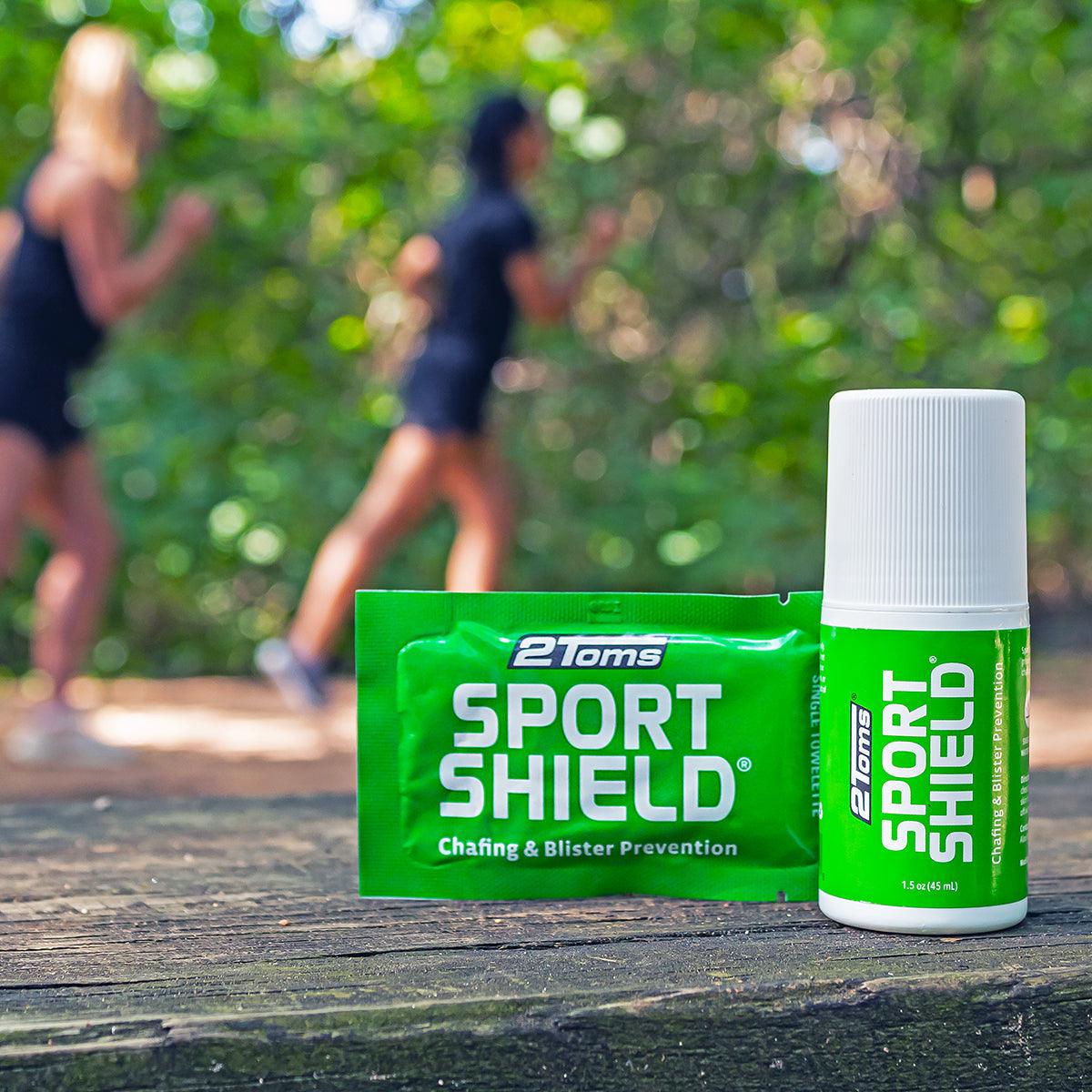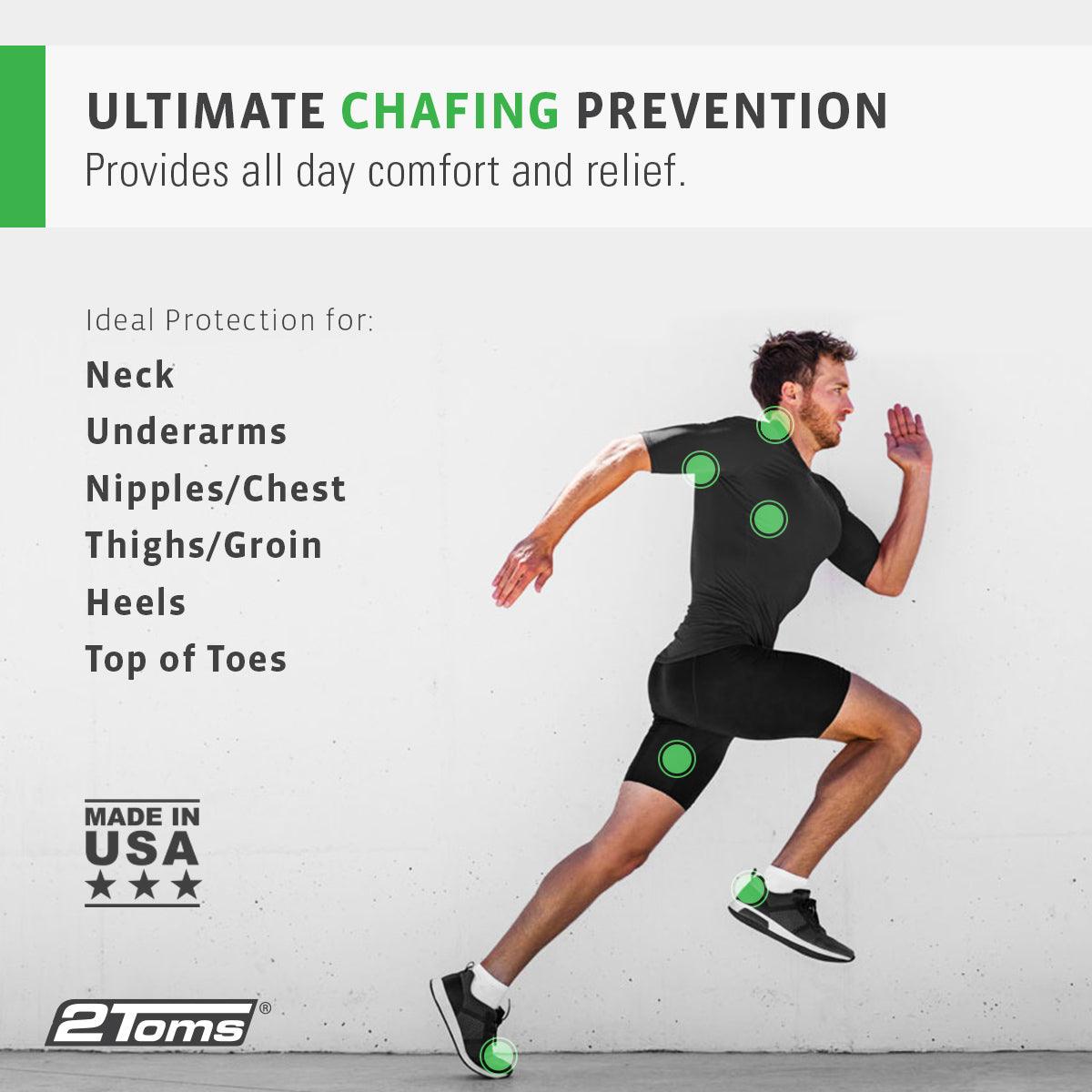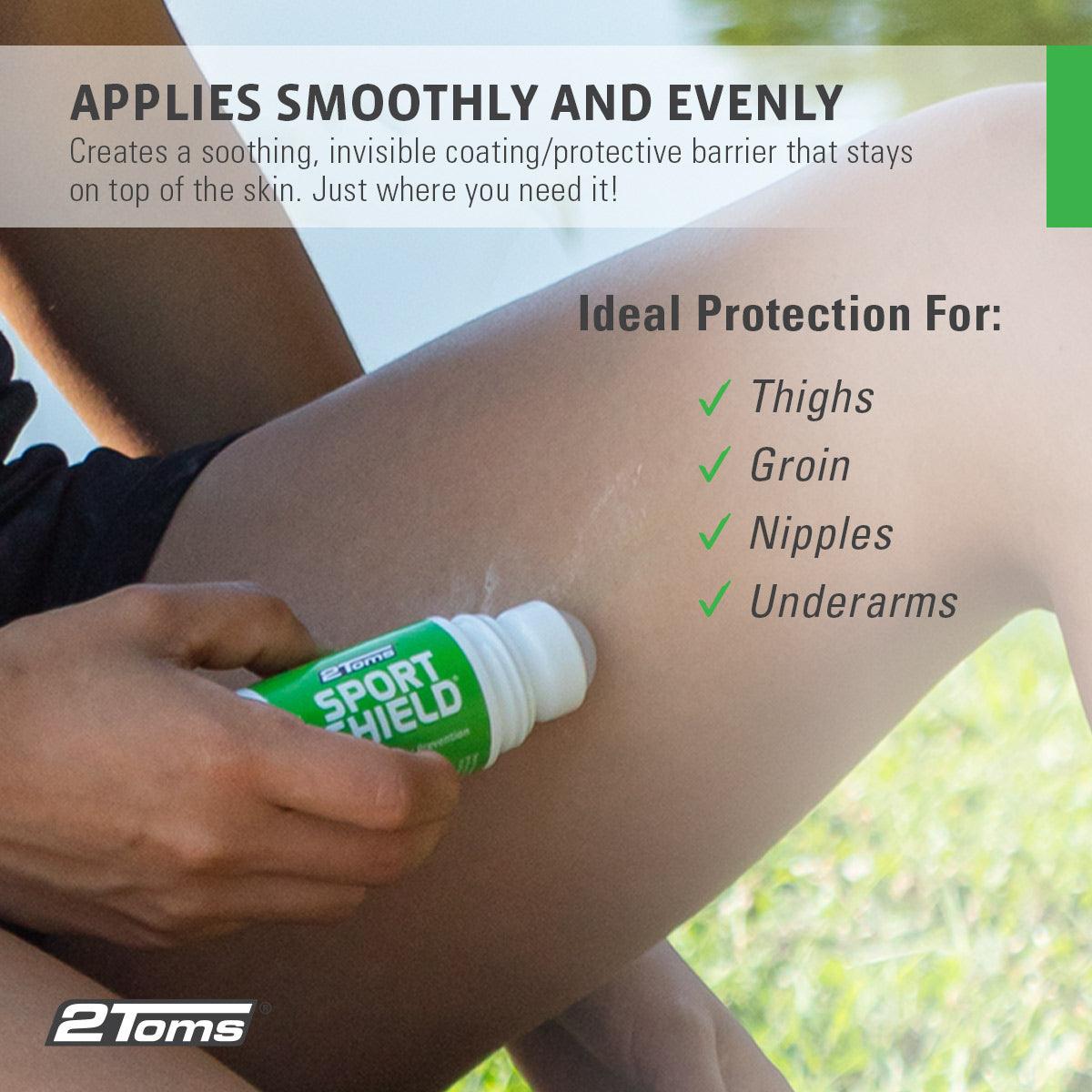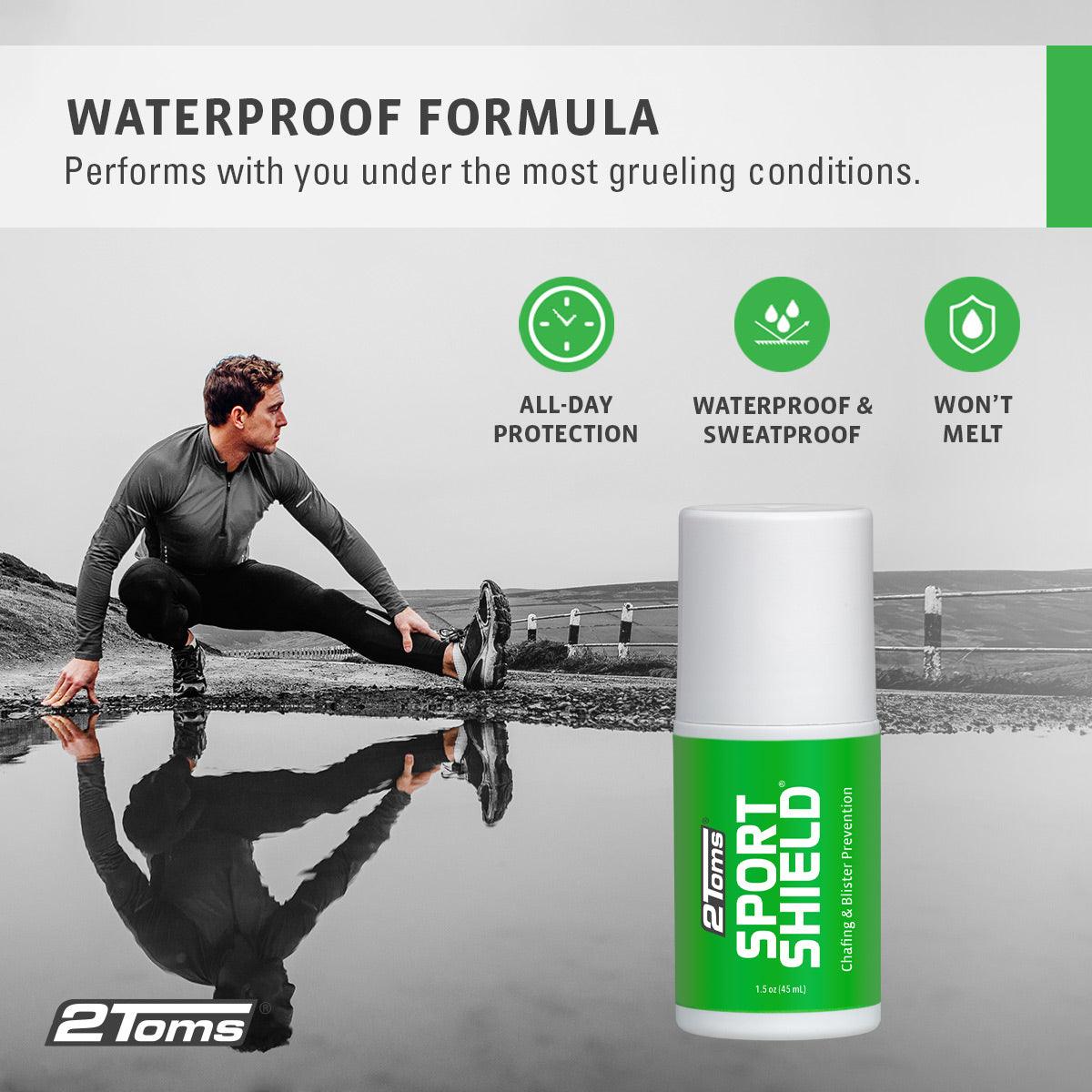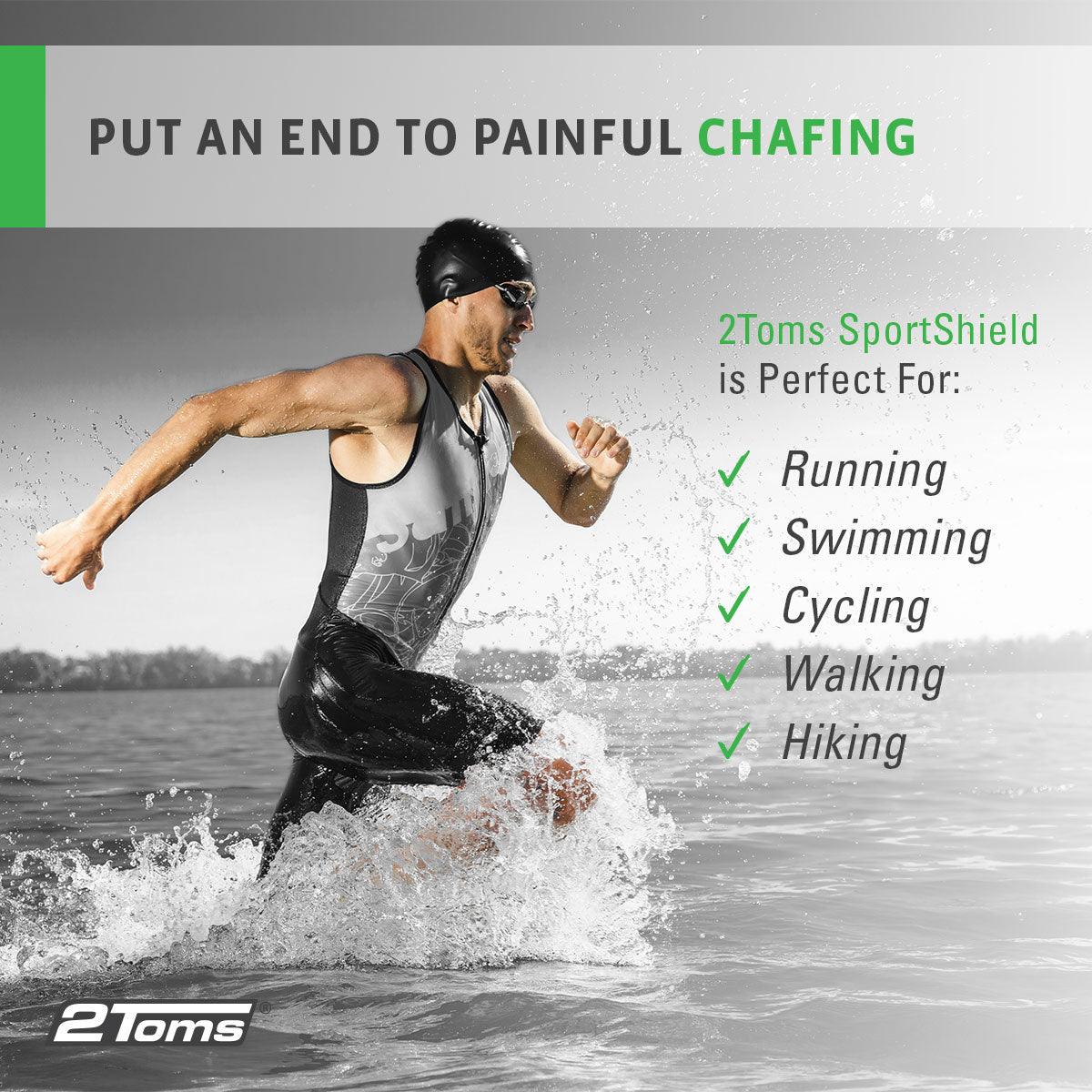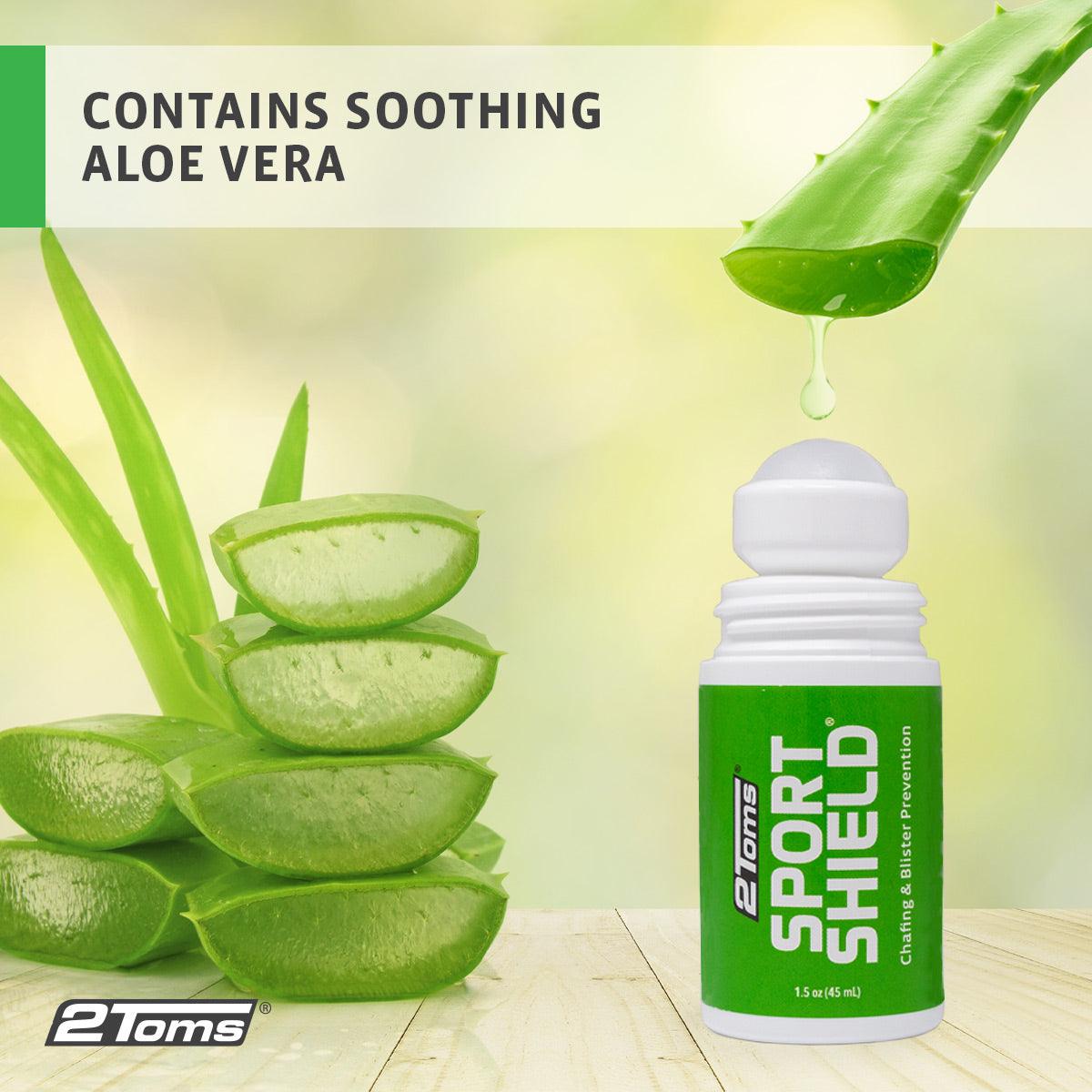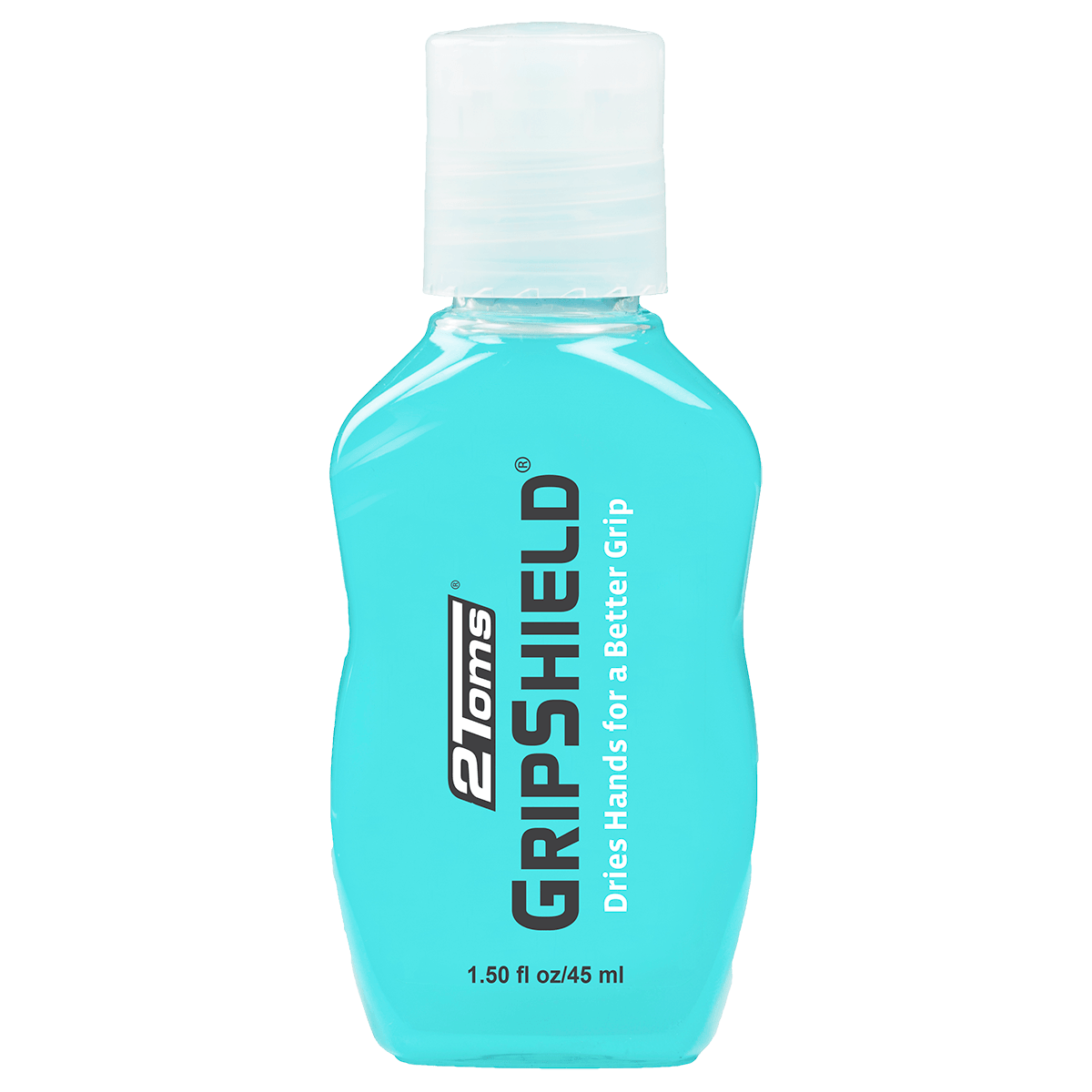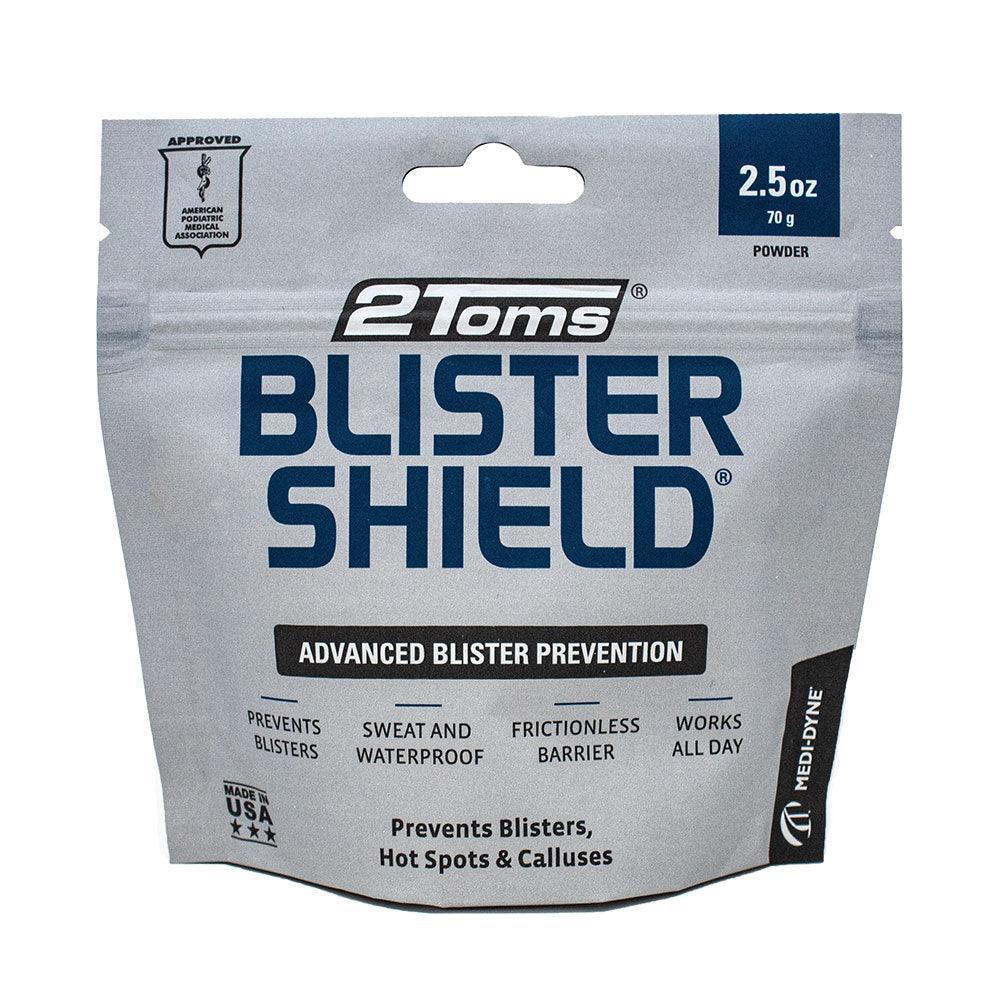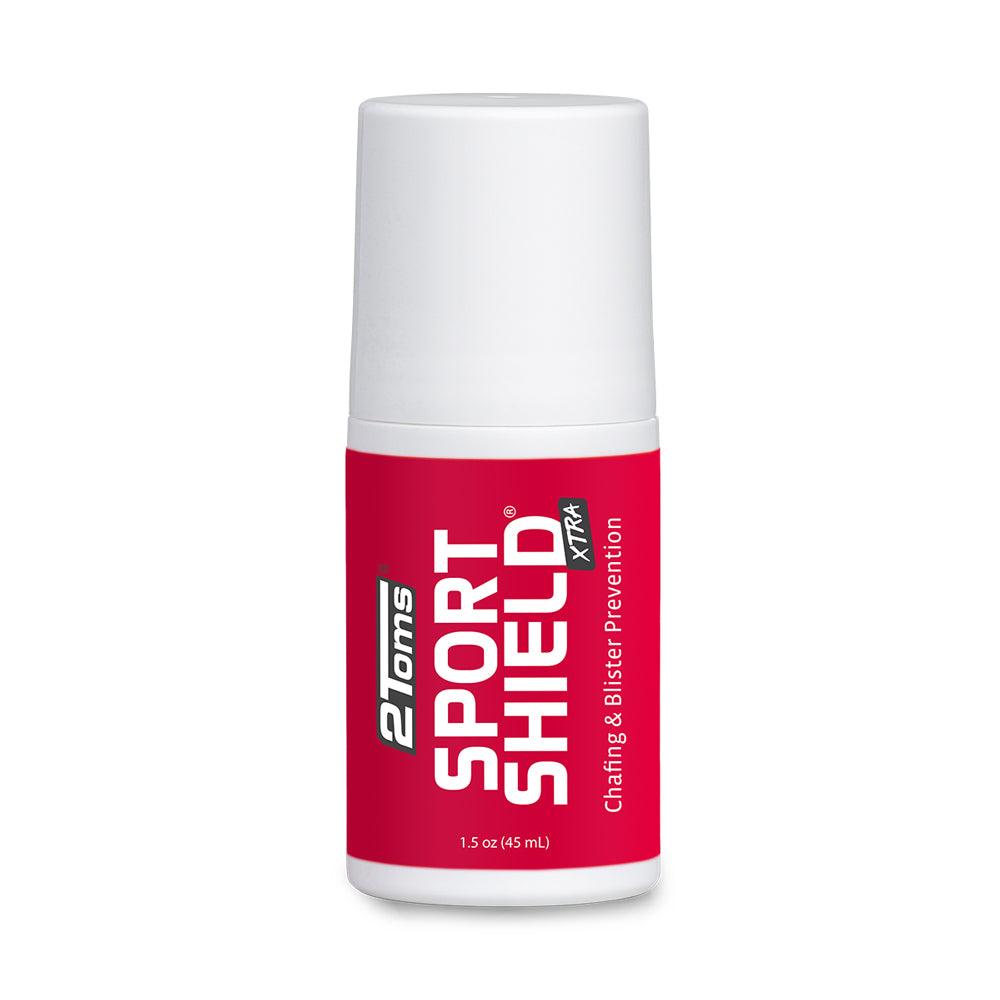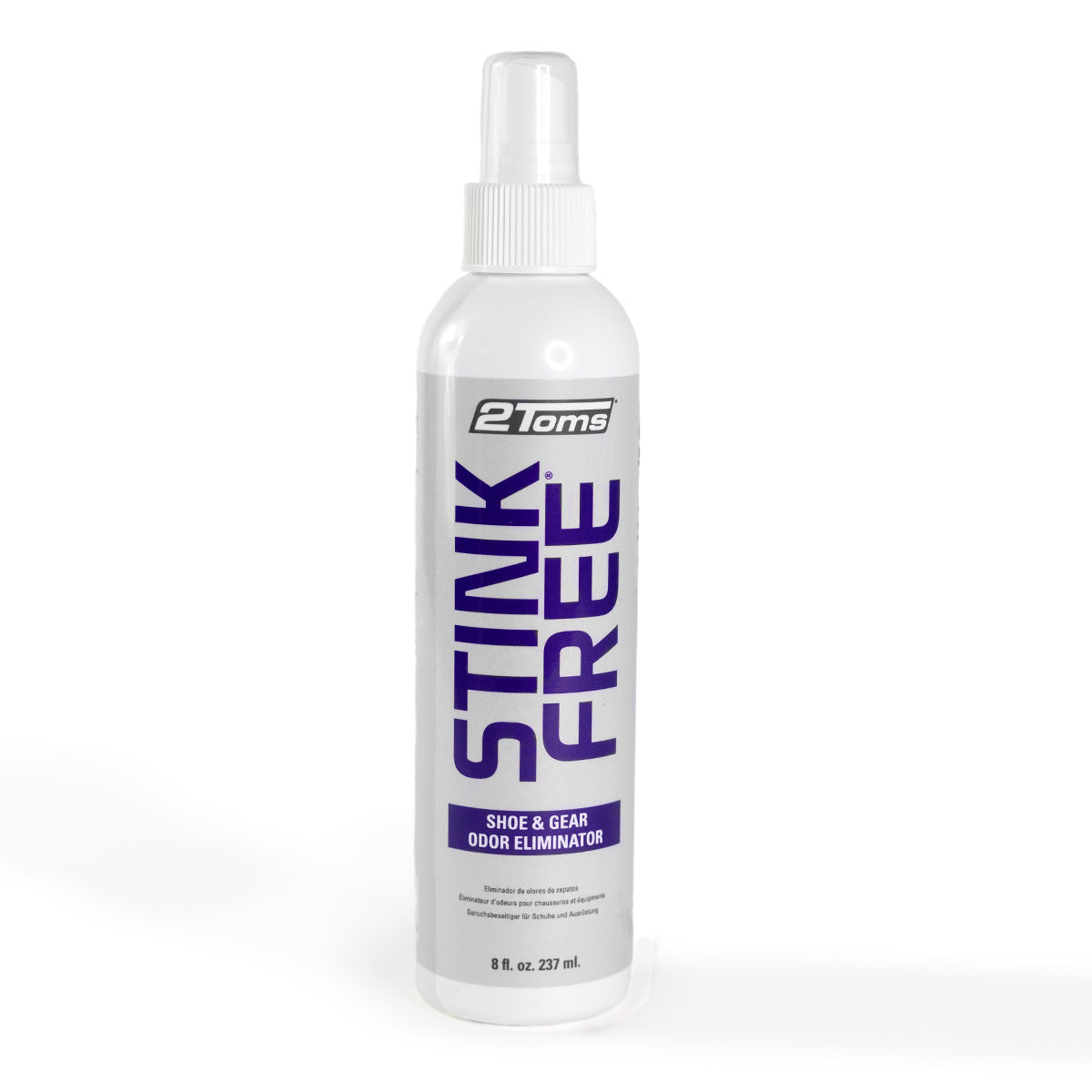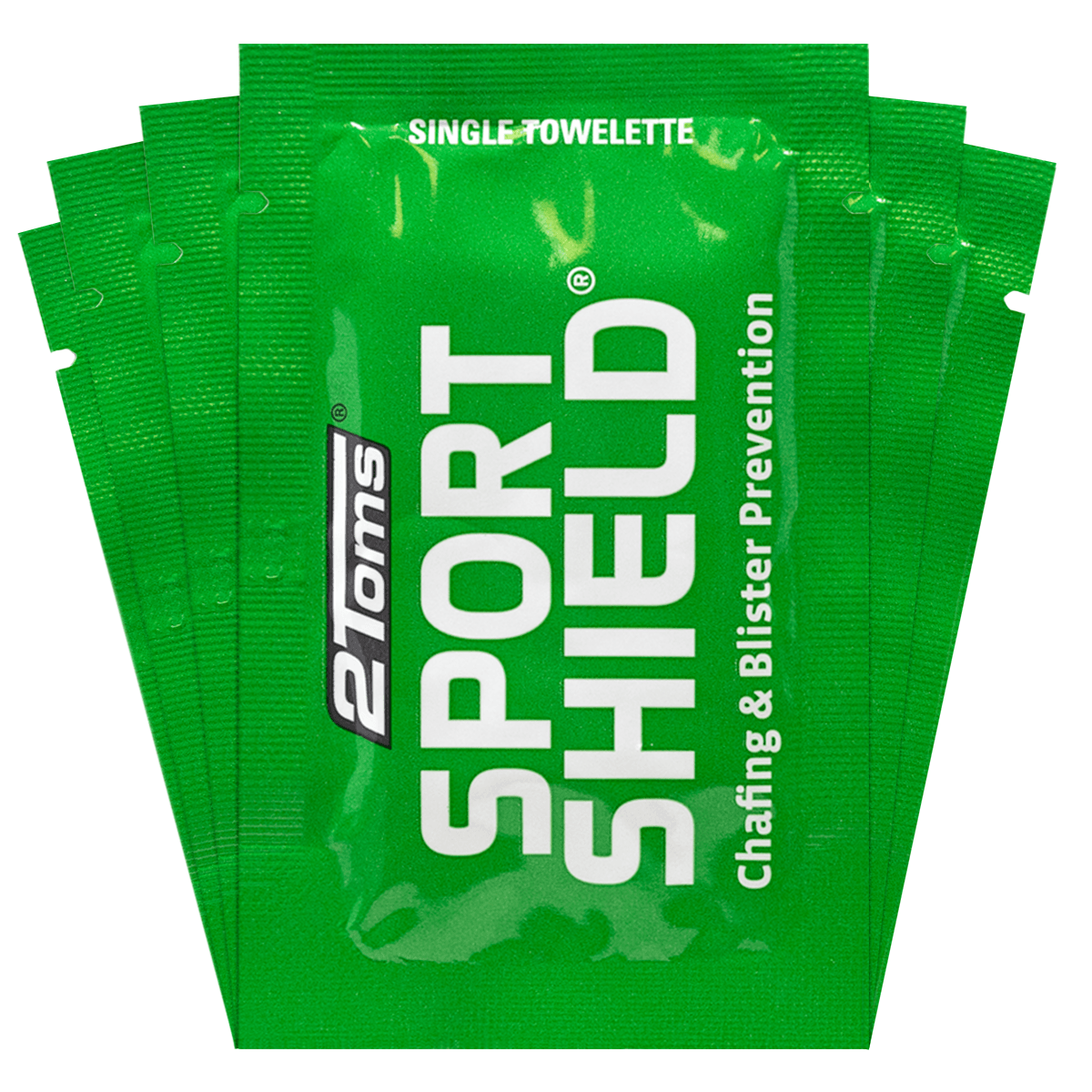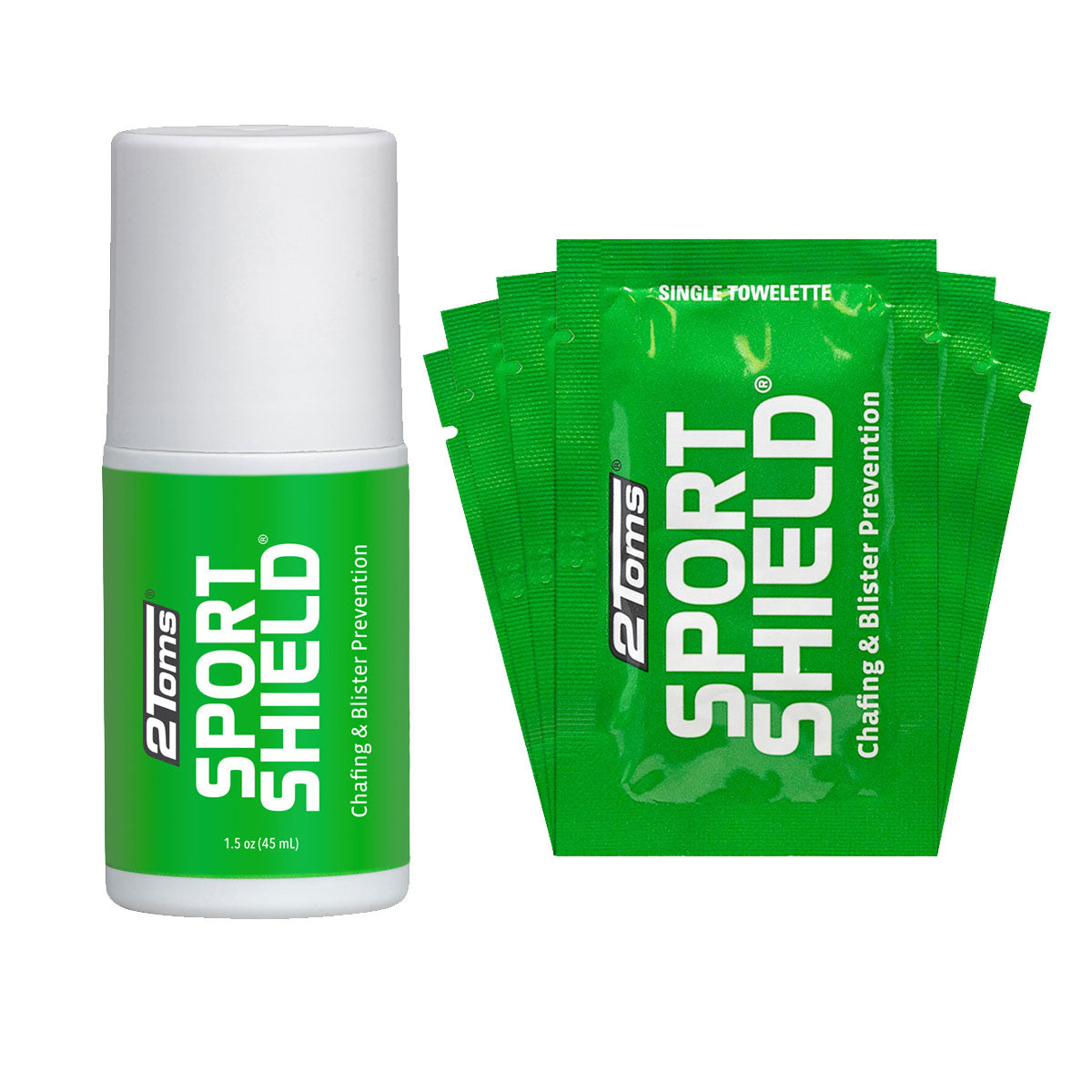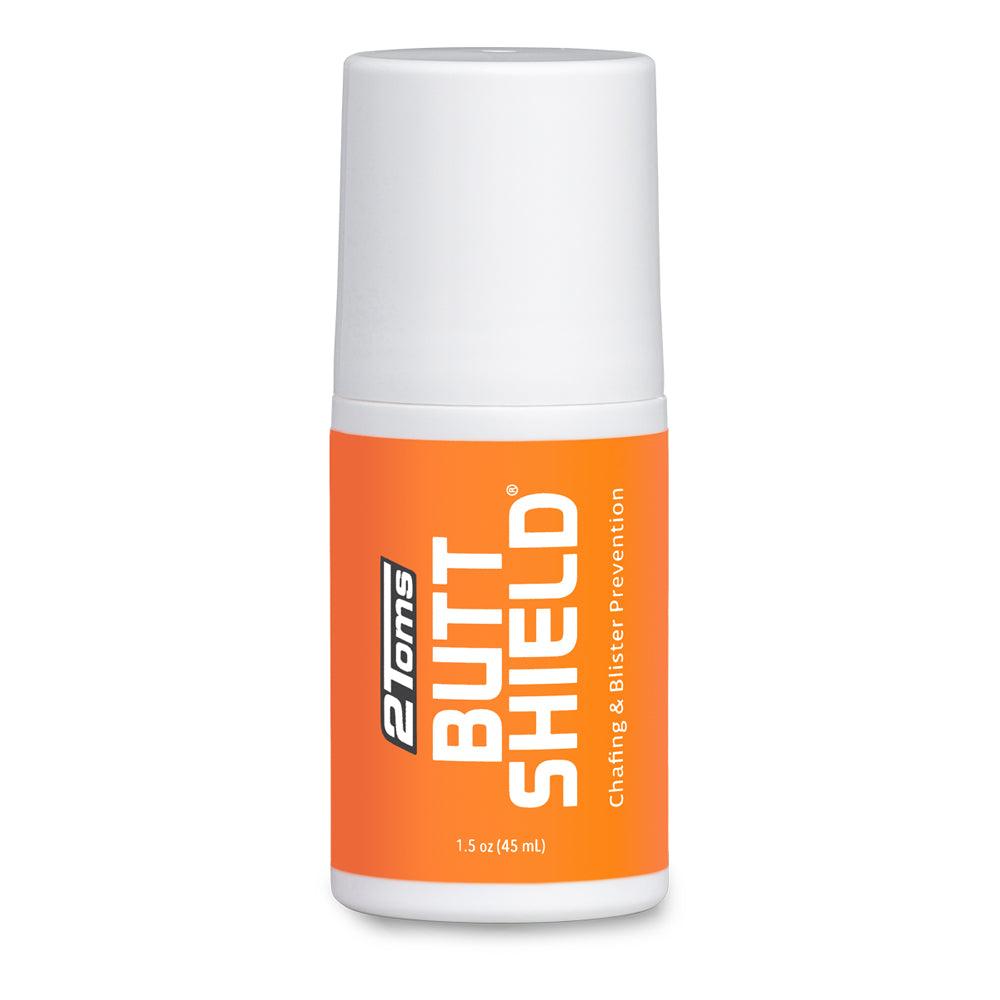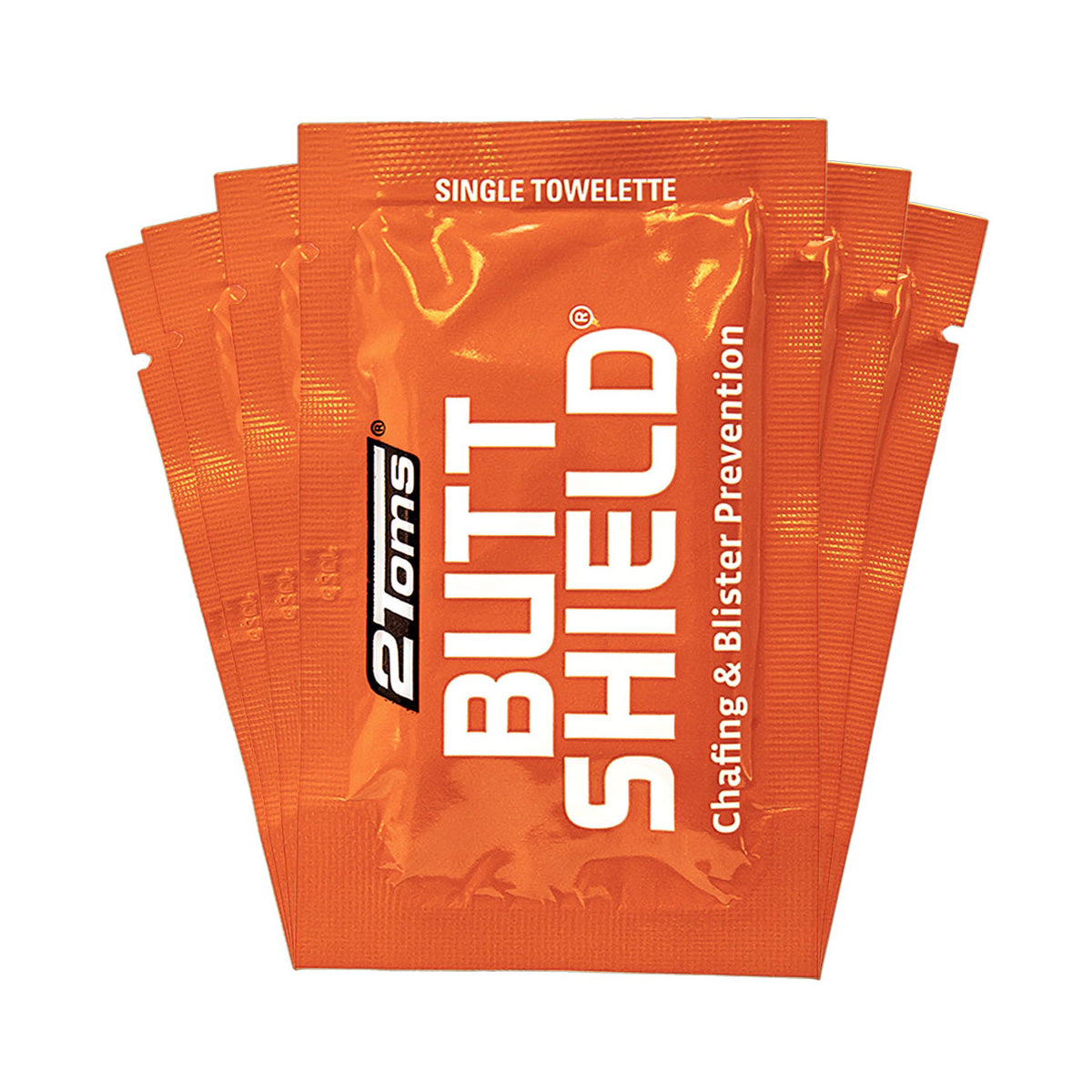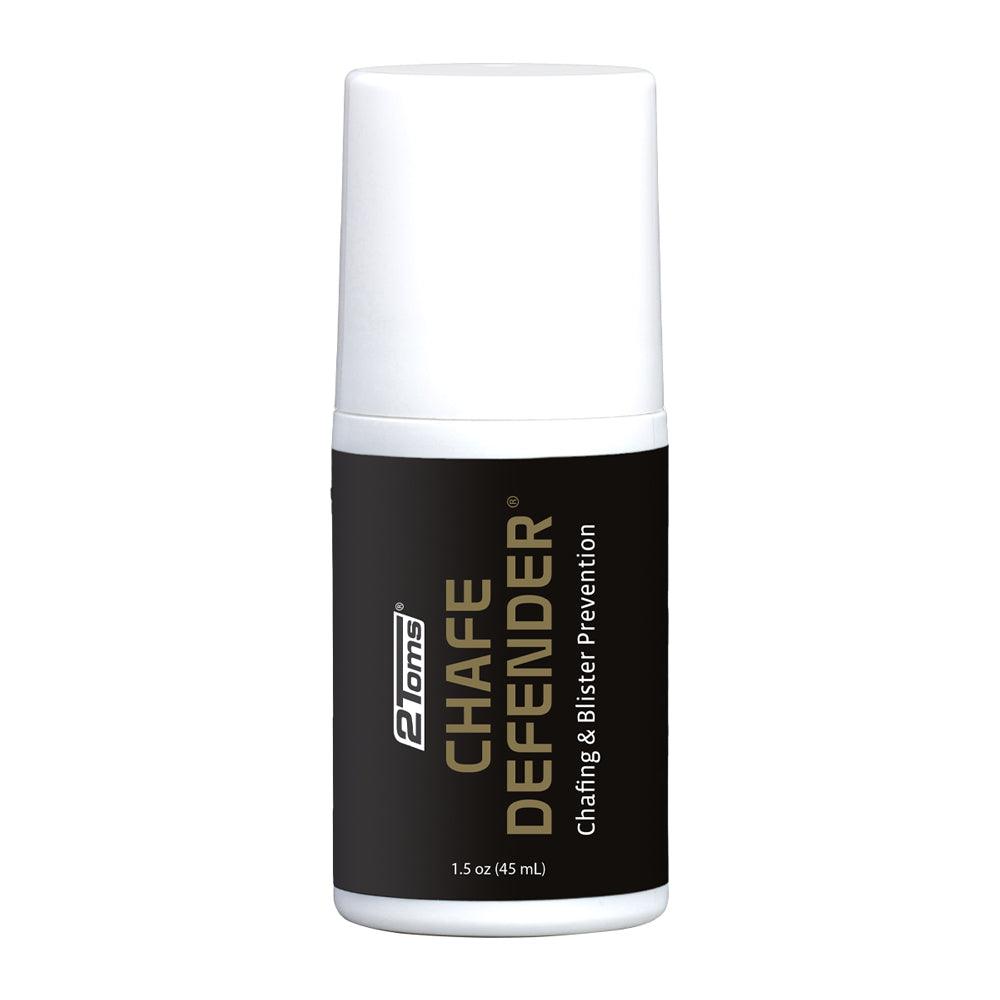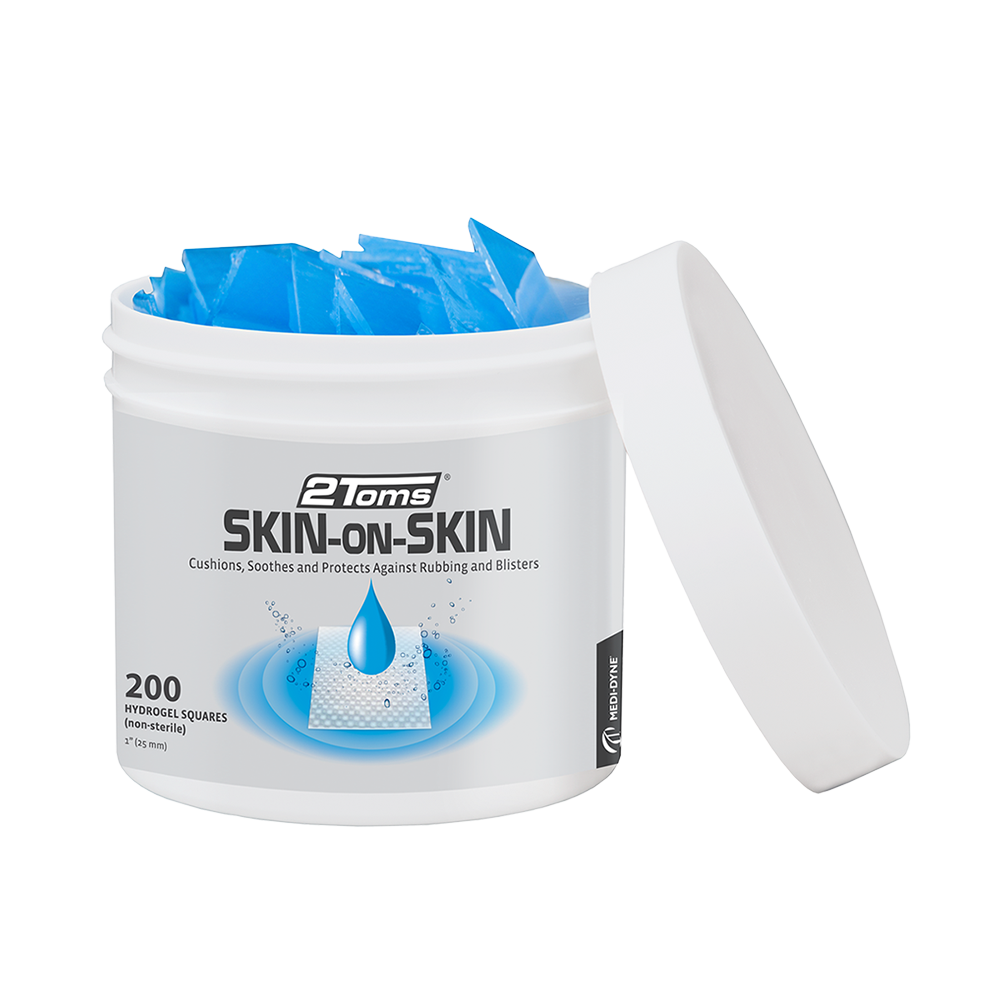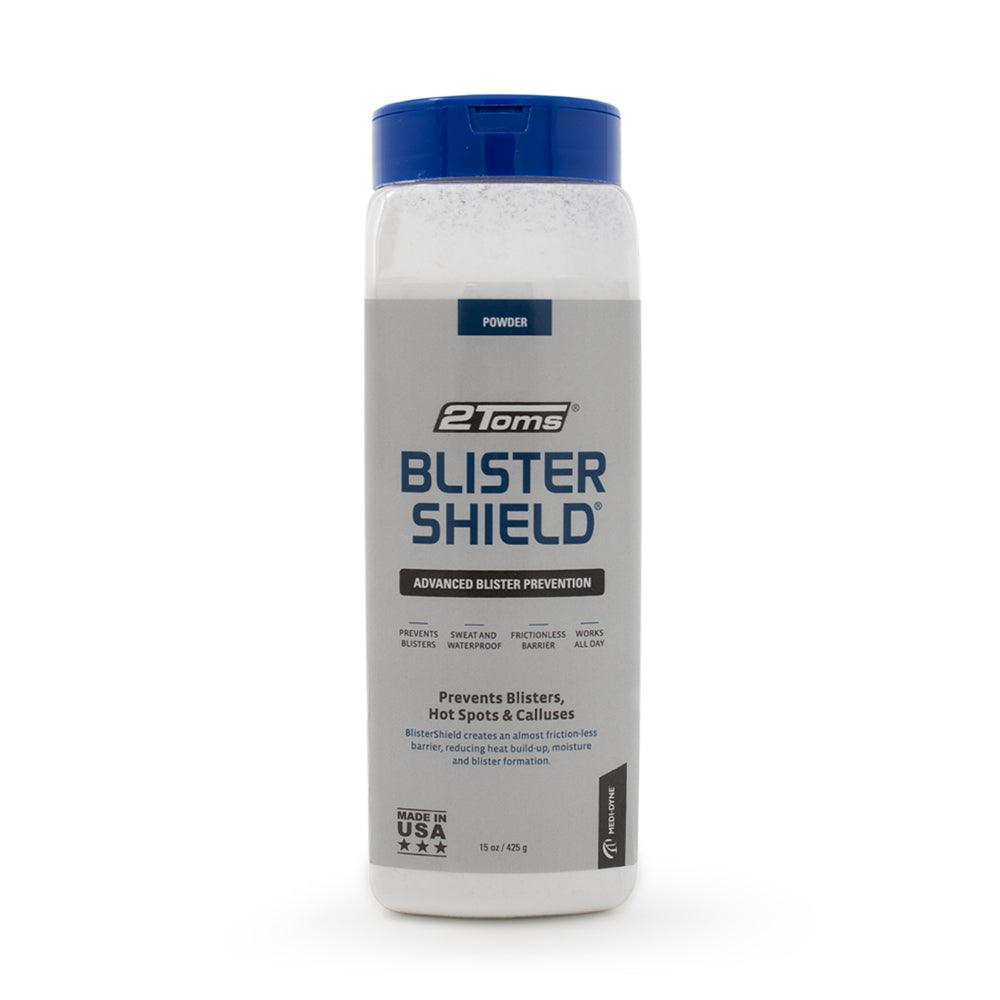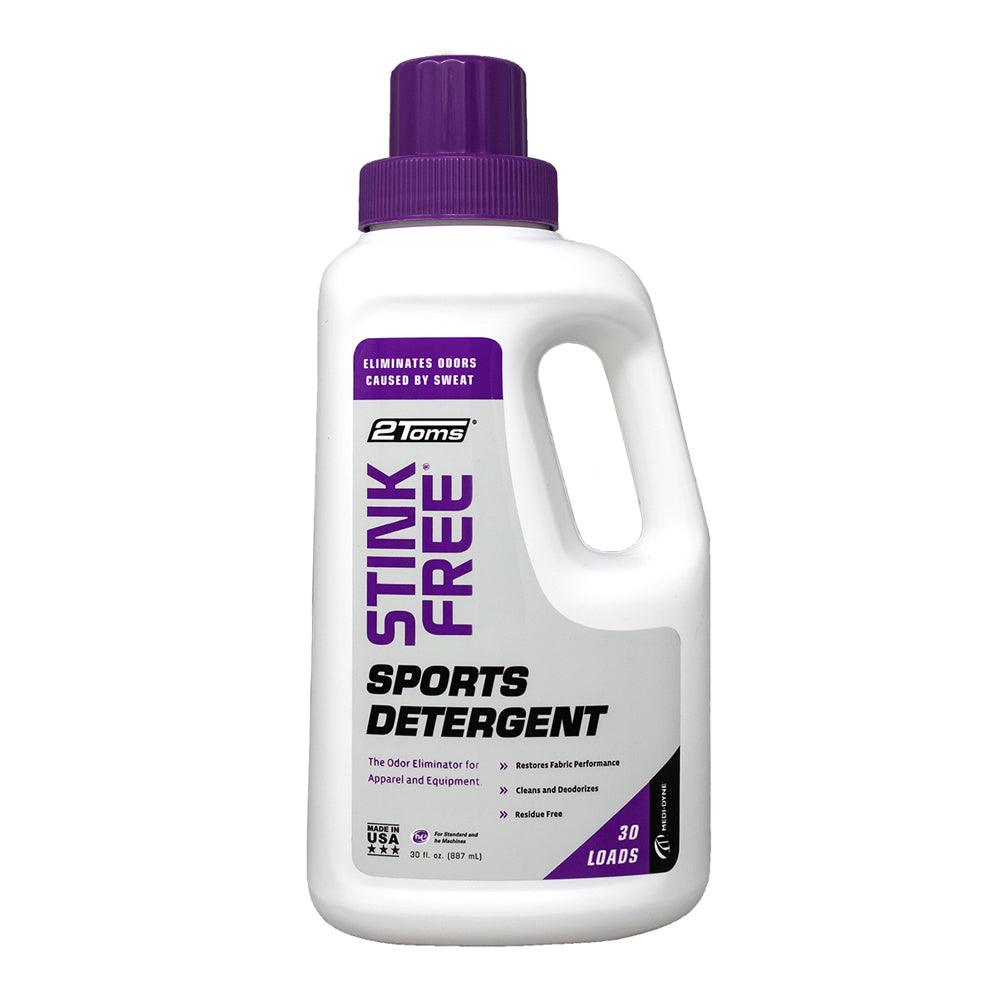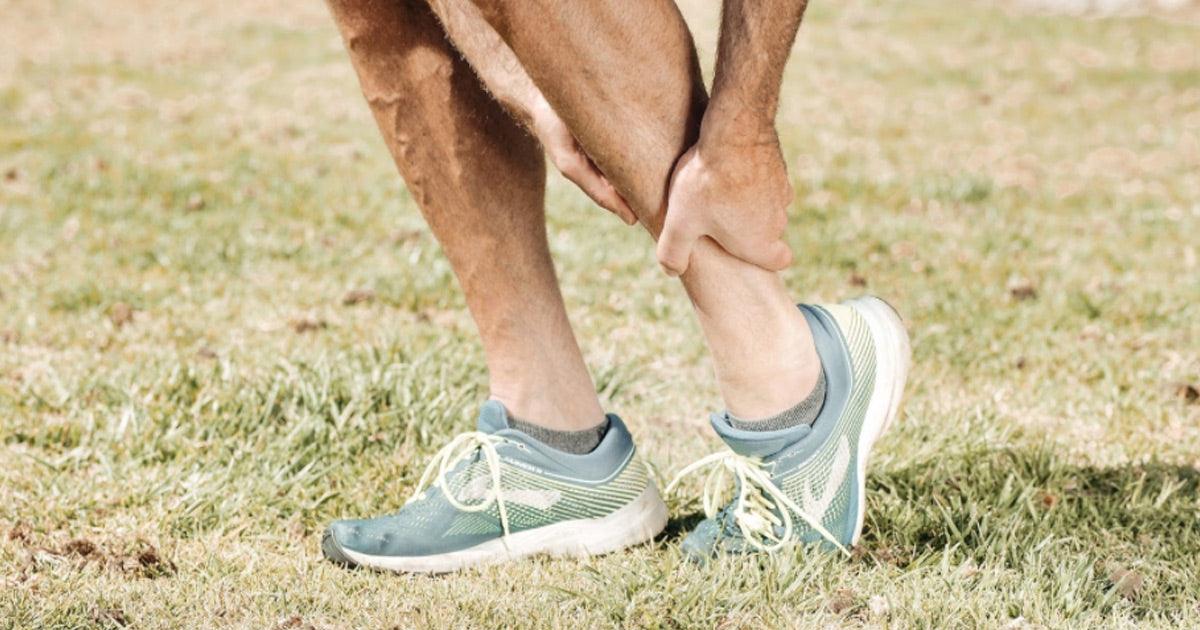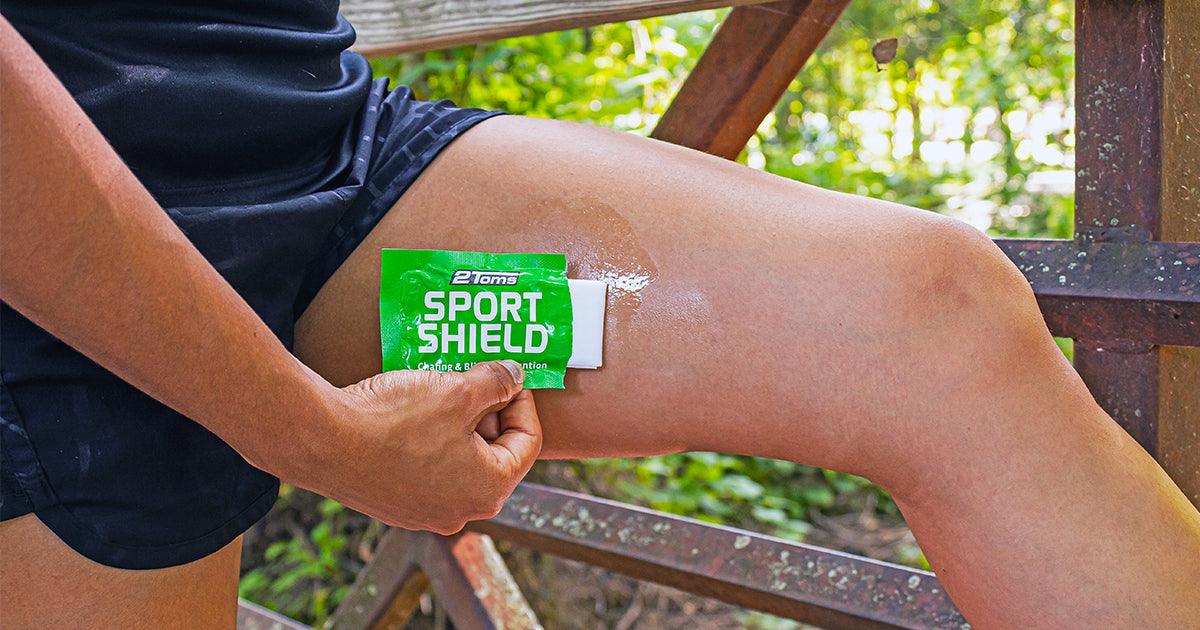Skin chafing is a common but painful and irritating symptom that most people experience at some point in their lives. Chafing between legs occurs when your inner thighs rub against each other for a prolonged period. This rubbing damages your skin and can cause skin sensitivity, redness, burning sensations, and painful blisters.
While most people experience chafing, several factors increase your risk of chafing on inner thighs – but there are steps that you can take to prevent it.
If you experience chafing between legs, taking the appropriate steps toward chafing thigh treatment will help reduce your symptoms and speed up your recovery.
What Causes Chafing on Inner Thighs?
While chafed thighs treatment is an effective way to alleviate your symptoms, understanding the risk factors for chafing can help you prevent chafing between legs from occurring in the first place. The most common causes of chafing on inner thighs include:
- Excessive sweating
- Running or walking
- Obesity
- Wearing thin shorts, skirts, or leggings
- Excessive heat and humidity
- Moisture that is trapped between the folds of your skin
The Top 4 Ways to Prevent Chafing Between Legs
Chafing is annoying and painful, but it can be prevented. Here are the top four ways to prevent chafing on inner thighs.
1. Use an Anti-Chafing Product
The use of an anti-chafing product helps prevent chafing between legs with a soothing, protective barrier that prevents friction when your thighs rub together. Look for products that are water-proof and sweat-proof to provide lasting protection.
When selecting an anti-chafing product, always ensure that the product is designed for the area where you are experiencing chafing. For example, some products are not meant for groin areas of the body.
2. Consider Your Wardrobe
Certain clothing items increase your risk of chafing between legs, including thin material or ill-fitting clothes. Ensure that your clothes are free of holes, tears, and other abrasive surfaces around your thighs, as these abrasions can increase your risk for chafing.
For extra protection, wear bottoms designed for exercise that help wick moisture from your skin. It’s also essential to avoid cotton garments, as these clothing items can trap moisture and make your skin more prone to friction and irritation. Finally, always change your clothing after any rigorous activity or excessive sweating.
3. Stay Hydrated
Staying hydrated is always essential, especially during exercise or on a hot day. But did you know that staying hydrated can also help prevent chafing on your inner thighs? Drinking plenty of water will help keep your body temperature cooler, which can help prevent excessive sweating that increases your risk for chafing.
4. Use of Baby Powder
When a chafing product is unavailable using baby powder is another common and inexpensive product that can help you temporarily prevent chafing on inner thighs. Cornstarch-based forms of baby powder help absorb moisture naturally, thus wicking away sweat and preventing chafing. The use of baby powder can also help prevent the worsening of chafing once your skin has already become irritated.
When using baby powder to prevent chafing, apply the powder to your inner thighs before getting dressed. Then, if you find yourself sweating excessively throughout the day, you can reapply the baby powder as needed.
Chafing Thigh Treatment Options
Chafing thigh treatment options help alleviate painful symptoms, prevent further chafing, and help heal your irritated skin. Chafed thigh treatments include:
- Cleaning and drying your chafed skin: After chafing has occurred, you must clean your irritated skin to remove dust, sweat, and other irritants. Afterward, dry your skin gently and thoroughly to reduce burning sensations and pain, and to allow your skin to begin to heal.
- Moisturize and soothe your irritated skin: Moisturizing your skin will help keep it lubricated and relieve burning, irritated skin. Choose a moisturizer that is fragrance-free and natural, such as petroleum jelly, shea butter, or coconut oil.
- Wear comfortable, breathable clothing: Once your skin has already become irritated, it can be easy to cause further irritation and chafing. Therefore, it’s essential to choose the proper clothing to prevent further irritation. Wear comfortable, breathable clothing that is not too tight or too thin. If you intend to exercise, be sure to take the appropriate wardrobe measures to prevent further chafing on inner thighs.
While chafing can generally be treated at home, you must speak with your doctor if you have any signs of infection, or if your skin is not healing even when using treatment and preventative measures.
Signs of infection include pus or blood that comes from chafed areas of your skin, excessive redness, skin that is hot to the touch, swelling, and fever.
Chafed Thigh Treatment and Prevention
Chafing between legs is both treatable and preventable. By taking the appropriate steps, you can avoid chafing on inner thighs and treat skin that has already become irritated.
Medi-Dyne is committed to providing the best anti-chafing and chafing treatment products to help you recover from and prevent this painful form of skin irritation.
Conclusion
Are you experiencing chafing on inner thighs? Don’t put up with painful, irritating chafing. Learn more about our anti-chafing and chafed thighs treatment options, or contact us today with any questions you have.
View All Blisters and Chafing Products
PLEASE NOTE: The information on this website and article is for information only and should not be used as a substitute for consulting your doctor. Consult your doctor for proper diagnosis and rehabilitation.









